UnBQ Second Floor
The 2nd Floor of University nuhelot’įne thaiyots’į nistameyimâkanak Blue Quills (UnBQ). Important rooms on this floor include the junior boys and girls dormitories and the boys and girls Infirmary. Click on the triangle to load the point cloud. Labels on the point cloud indicate past room functions.

…to wean them by slow degrees, from their nomadic habits, which have almost become an instinct, and by slow degrees absorb them or settle them on the land. Meantime they must be fairly protected.”- Sir John A. MacDonald, 1880
Today the second floor/third story of University nuhelot’įne thaiyots’į nistameyimâkanak Blue Quills (UnBQ) houses a combination of offices, classrooms, and a staff kitchen. At the center of this floor, access to a mezzanine above the library can be gained. This space is used as a meditation room, but originally functioned as the choir house for the chapel.
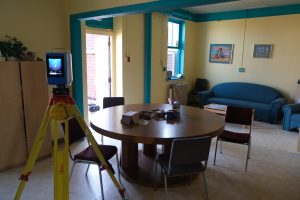
When in operation as a residential school, this floor housed some teaching spaces, such as classrooms and a sewing room. The mid section of the floor was used primarily as staff quarters for supervisors, teachers, and maintenance workers who lived on-site at the school. The principle, who was often also the priest would also live on the premises, although in his own separate house alongside his family. The groundskeeper likewise had a house separate from the main school building.
Relationships between staff and students were often difficult. The students’ dormitories were on the floor above the staff, with supervisors intentionally situated between students and building exits. Students were strapped with thick leather belts from farm machinery for not following rules such as being quiet or as Verna Daly remembers, for speaking Cree or Dene, the home languages of many of the students at Blue Quills. Marcel Muskego recalls being strapped in the hallway so other students could hear his screams, and does not recall what the punishment was given for.
Generally, staff created a better living experience for themselves in the school than they did for the children they were responsible for. For example, supervisors ate in a separate room off the dining hall with ornate table settings and “great food while we ate garbage,” remembers former student Jerry Wood.
Overcrowding

Not surprisingly, overcrowding led to an increase in the spread of communicable diseases in all three schools. Most concerning was the spread of TB. At OS tuberculosis was on the rise in 1935 with five students in the hospital and the remaining student population put under observation with a rest period every afternoon (Blackfoot Agency, Vol. 6360, Reel C-8714, 1935). Two years later, the Indian Agent reported that nurses with TB experience attended the school because of the high need, but that this service must be funded by the band. The Agent questioned if this on-going medical funding to treat TB should be a departmental obligation (Blackfoot Agency, Vol. 6360, Reel C-8714, 1937). Correspondence from the Saddle Lake Agency in 1941, noted that a polio outbreak had occurred at both BQ and EIRS, and that the students returned to school on September 23 after the ban was lifted. There was no other mention or details provided about the duration or severity of the outbreak (Saddle Lake Agency, Volume 6346, Reel C-8703, 1941).
The DIA sought solutions to reduce disease transmission by looking at the bathing practices rather than addressing the problems with overcrowding. At BQ showers replaced washbasins in an attempt to limit the spread of communicable health conditions like scabies and impetigo. Ironically, the washbasins were repurposed at another school as a cost cutting measure – despite the believe that they were the source of disease transmission.
Left click and drag your mouse around the screen to view different areas of each room. If you have a touch screen, simply drag your finger across the screen. Your keyboard's arrow keys can also be used. Travel to different areas of the third floor by clicking on the floating arrows.
This image gallery includes modern and archival photos of UnBQ's third floor.
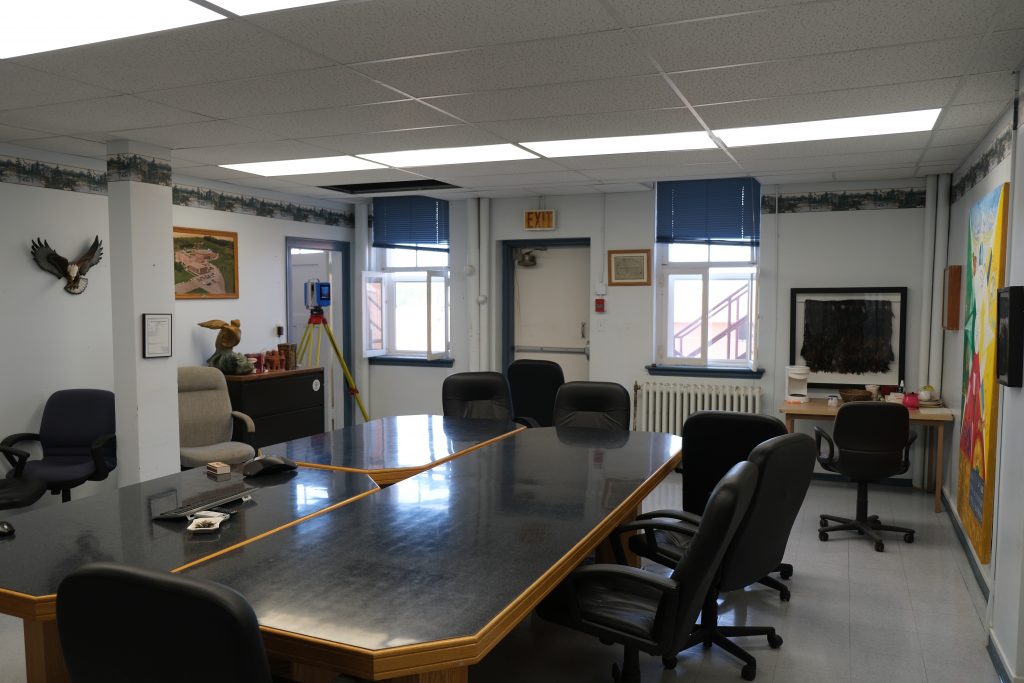
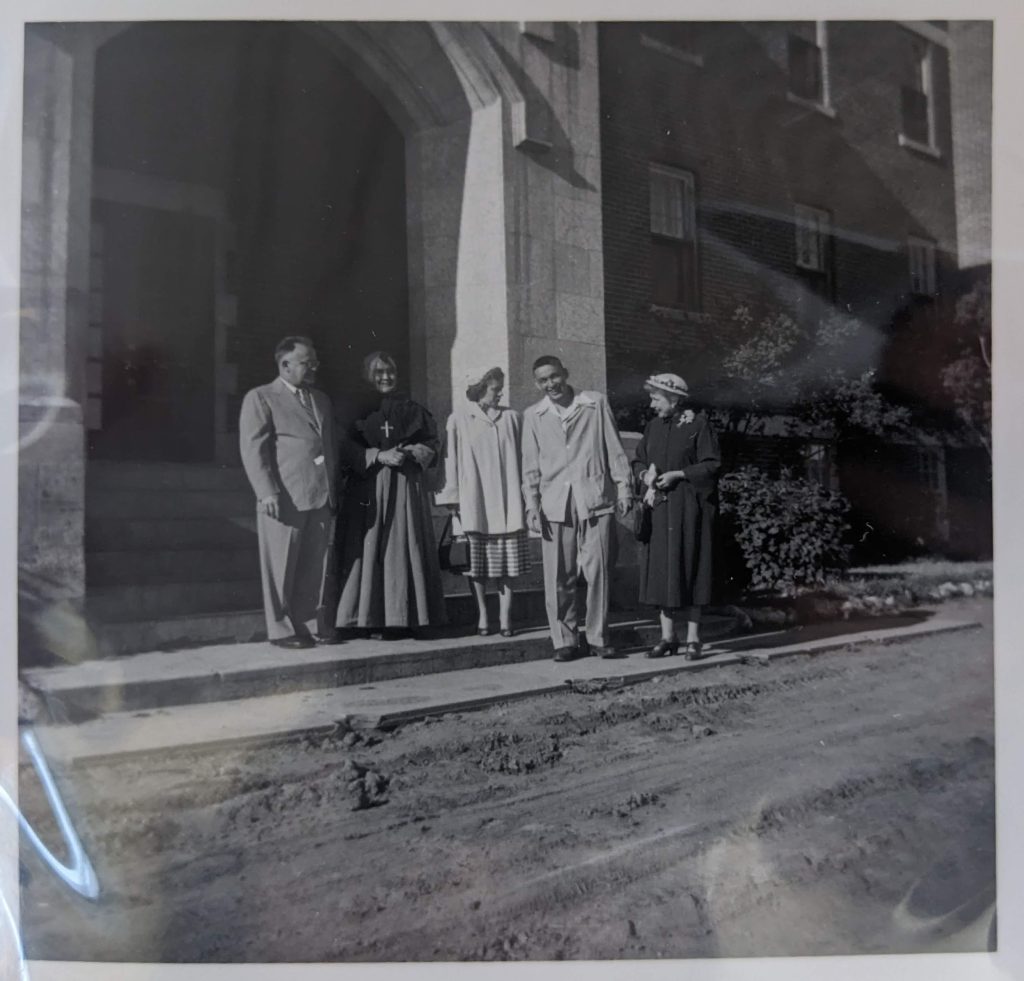
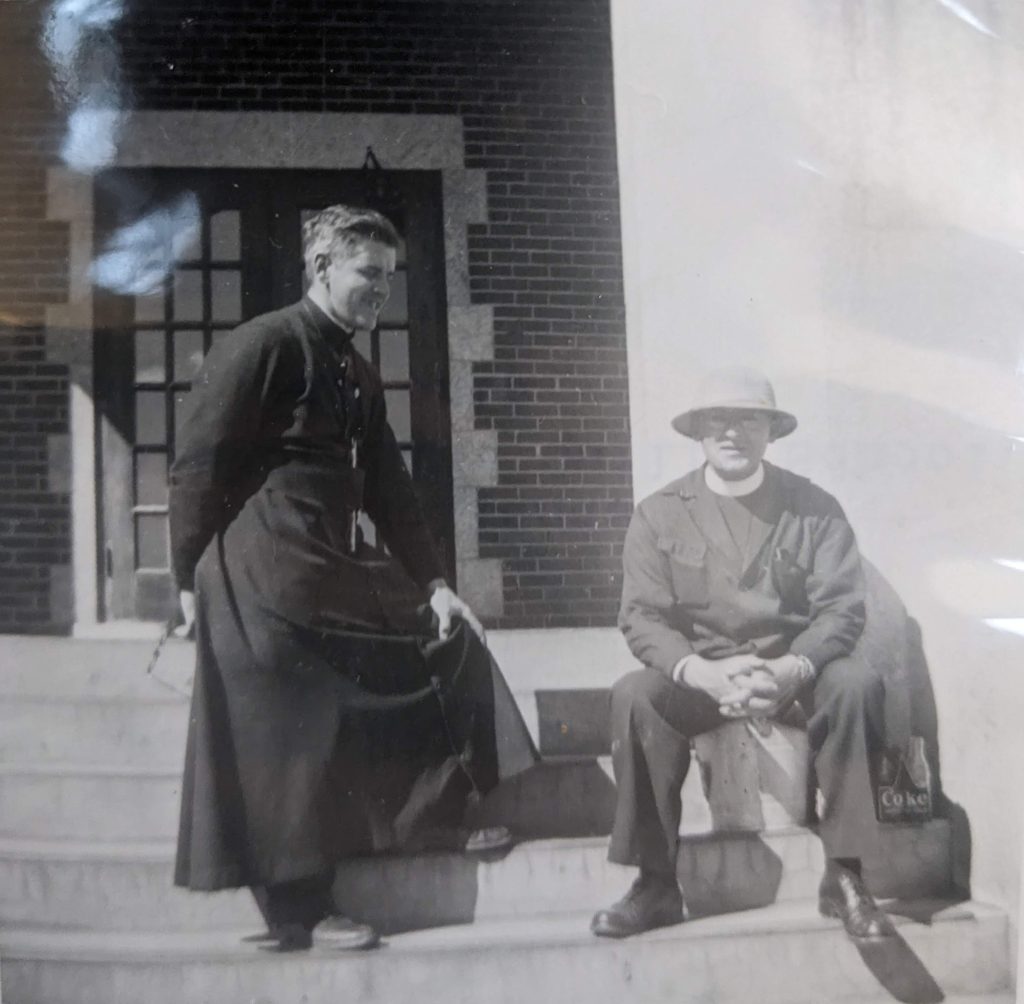

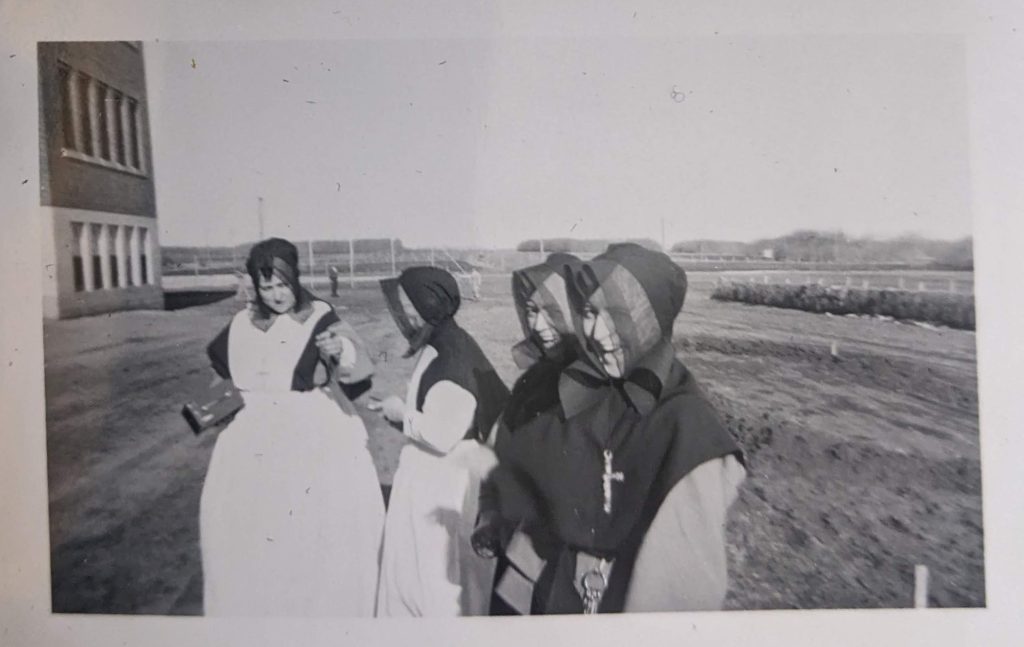
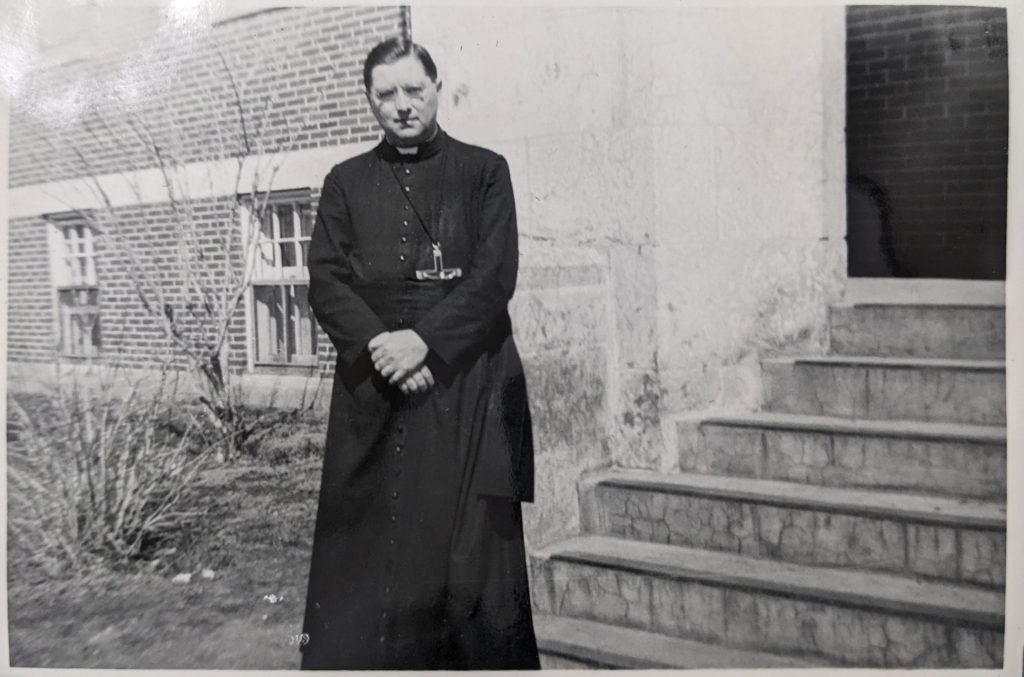
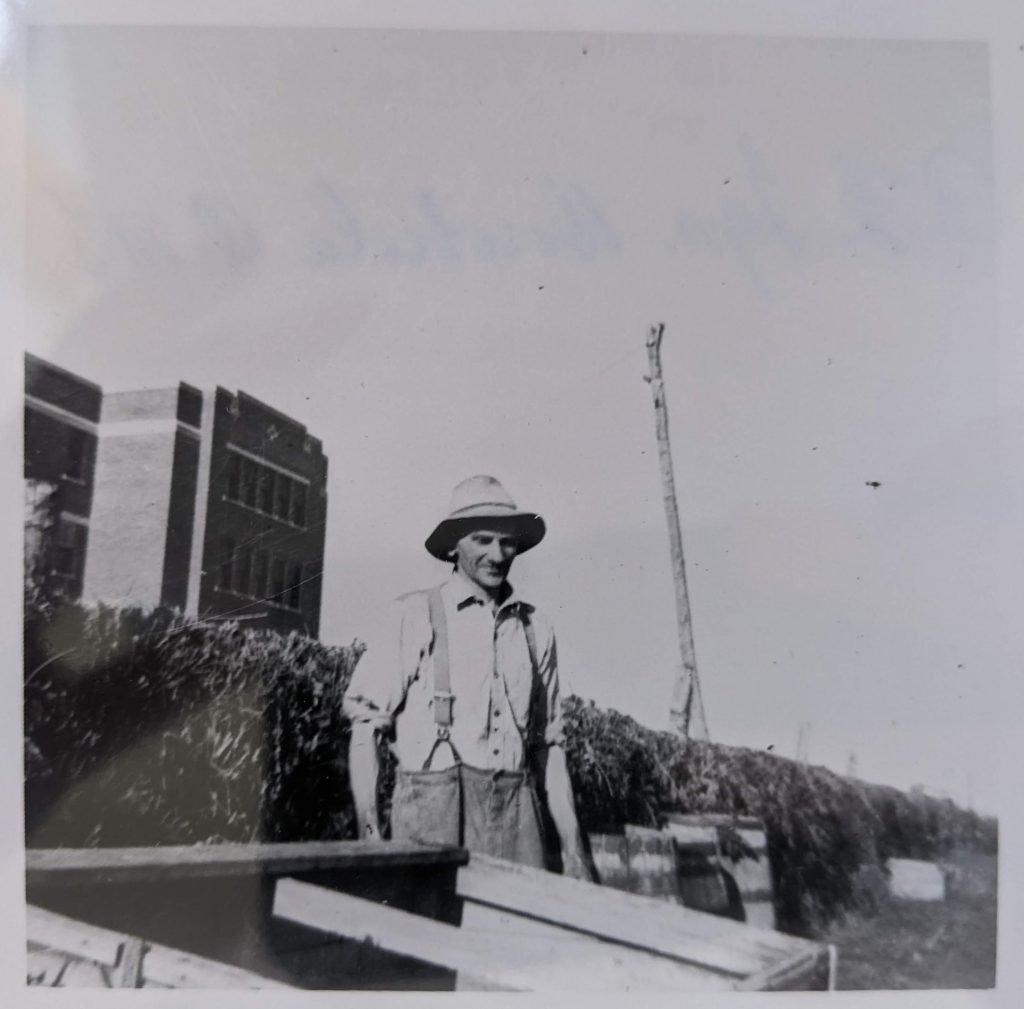
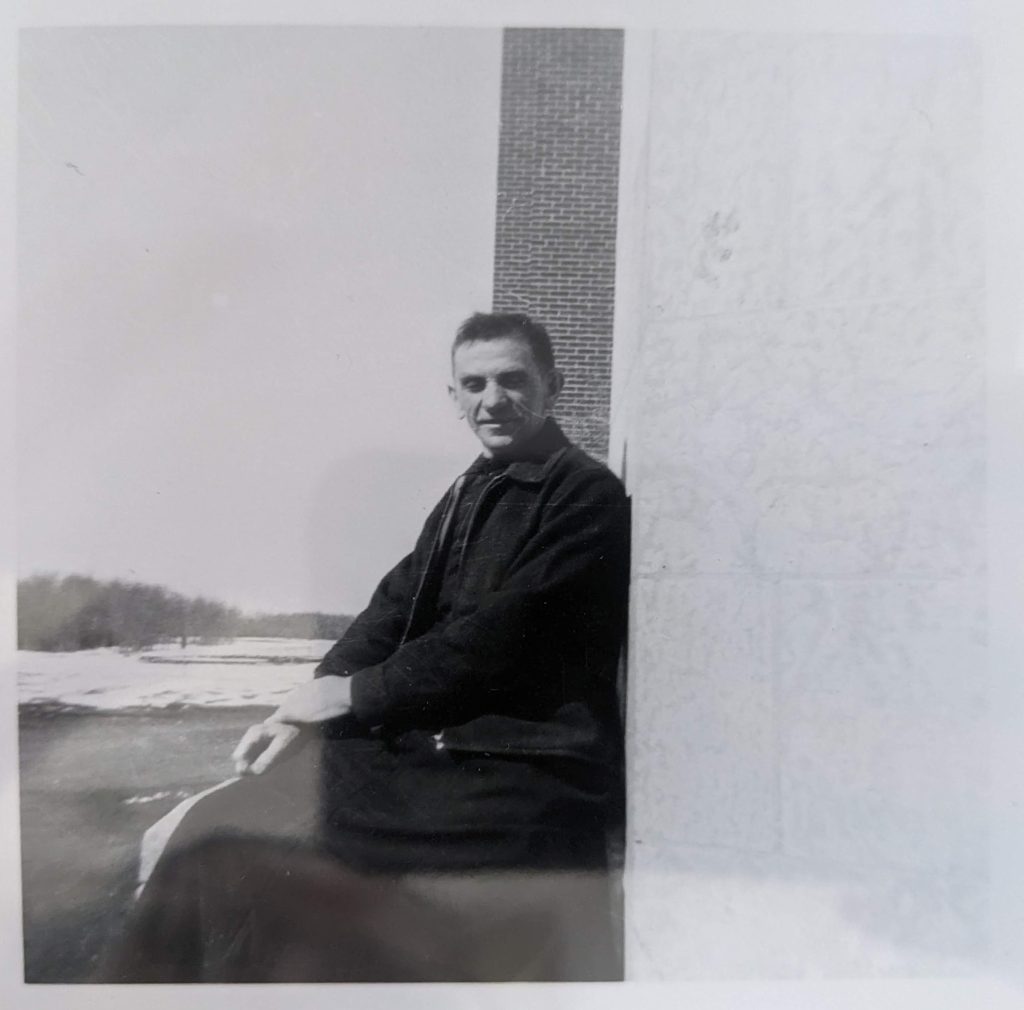
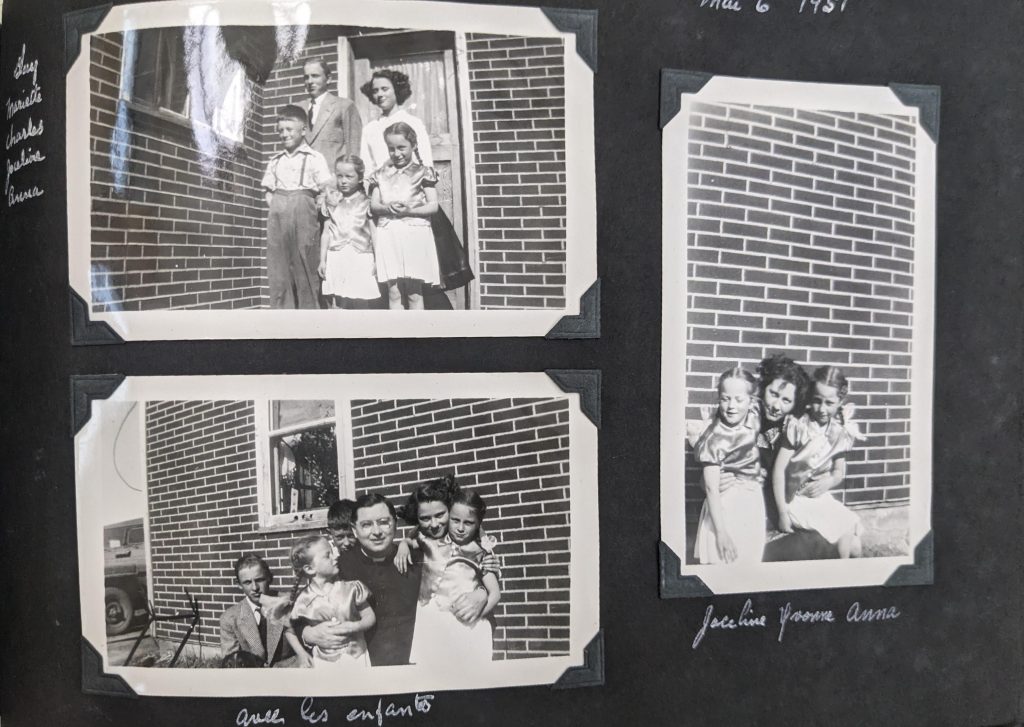
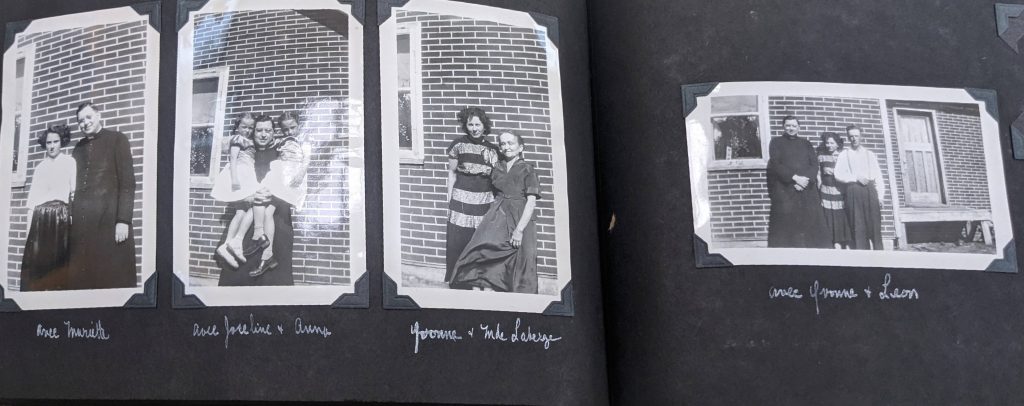
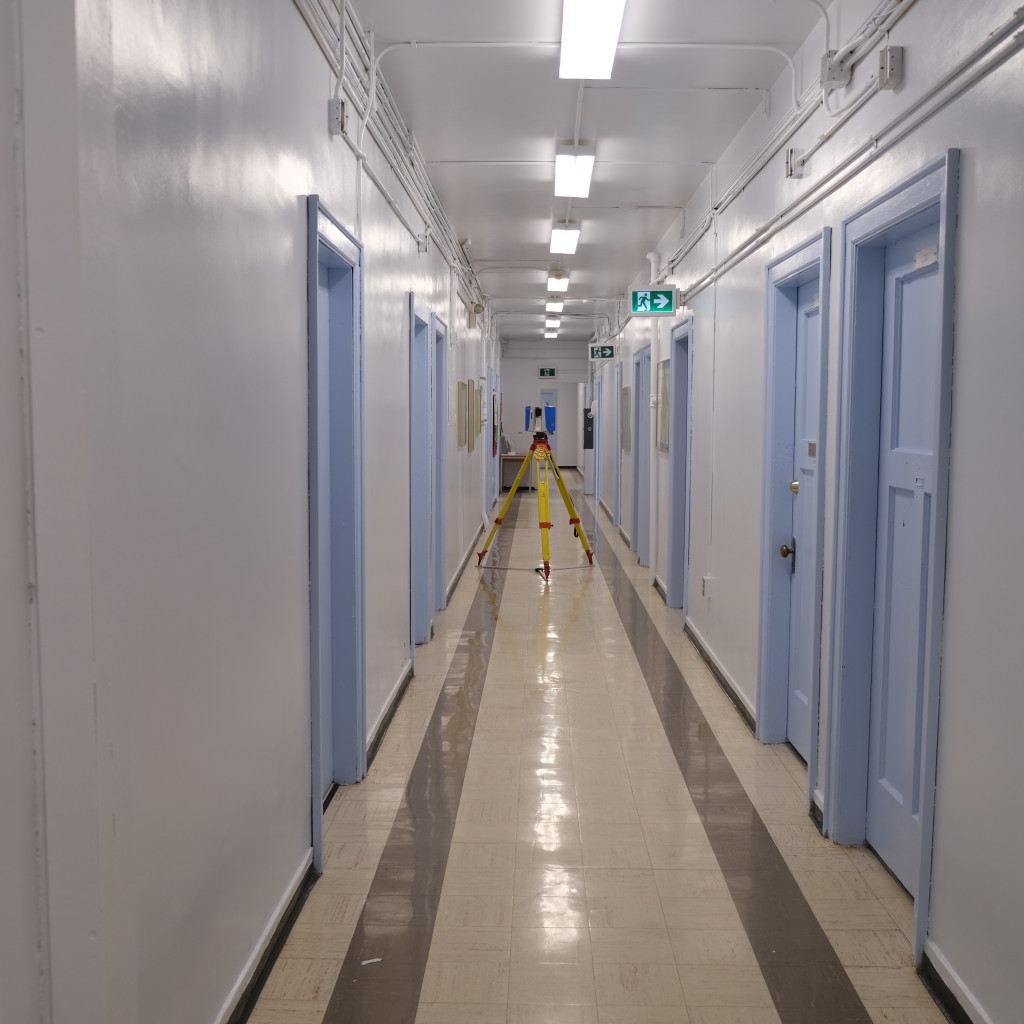

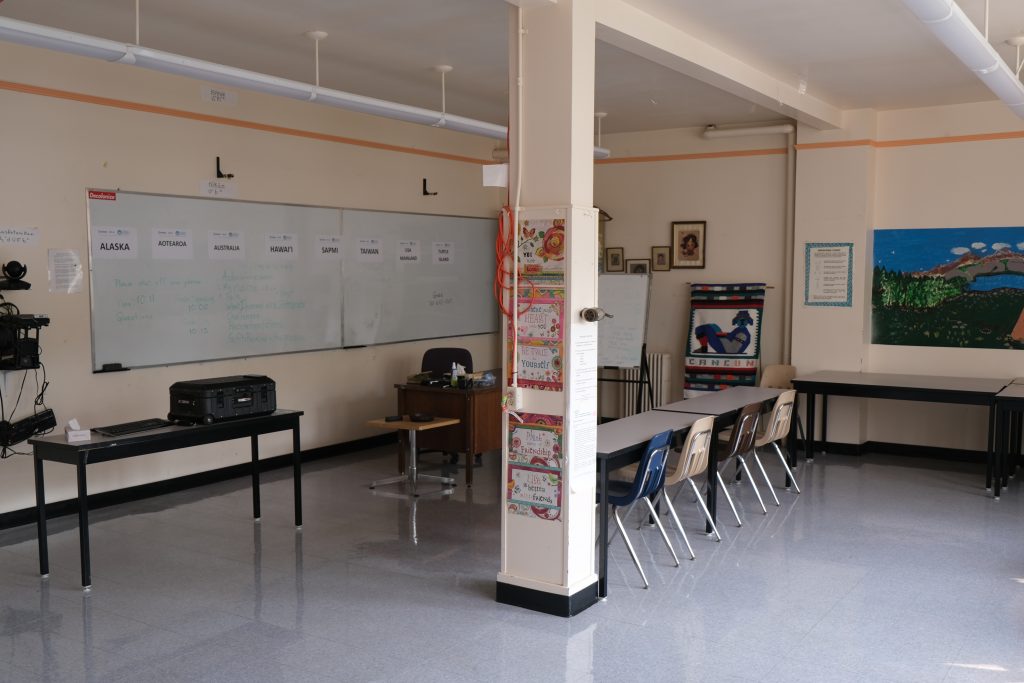
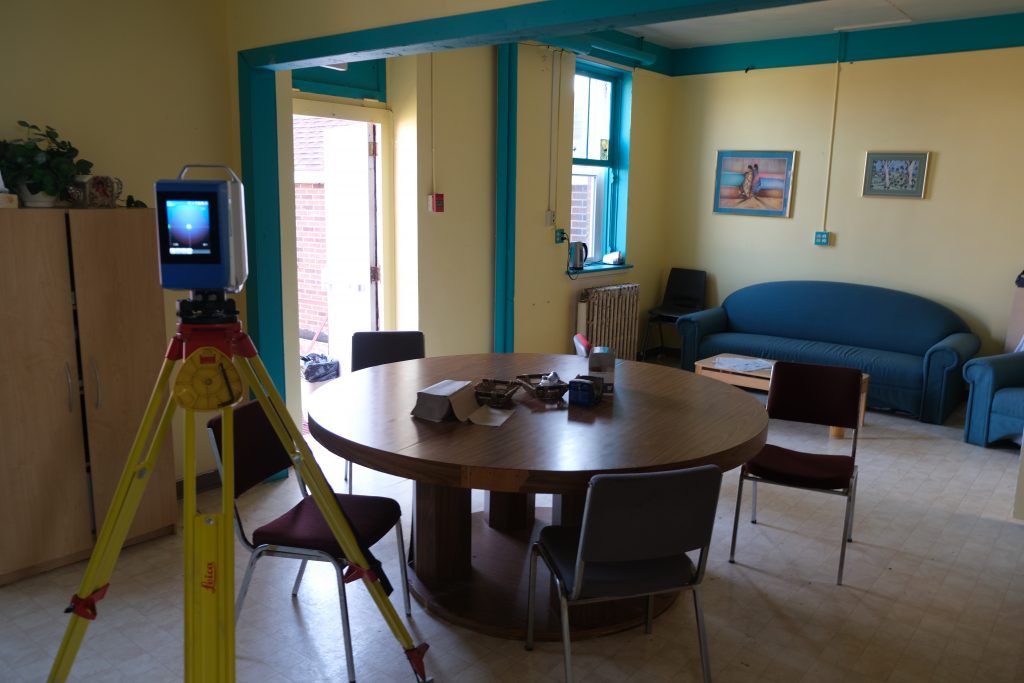
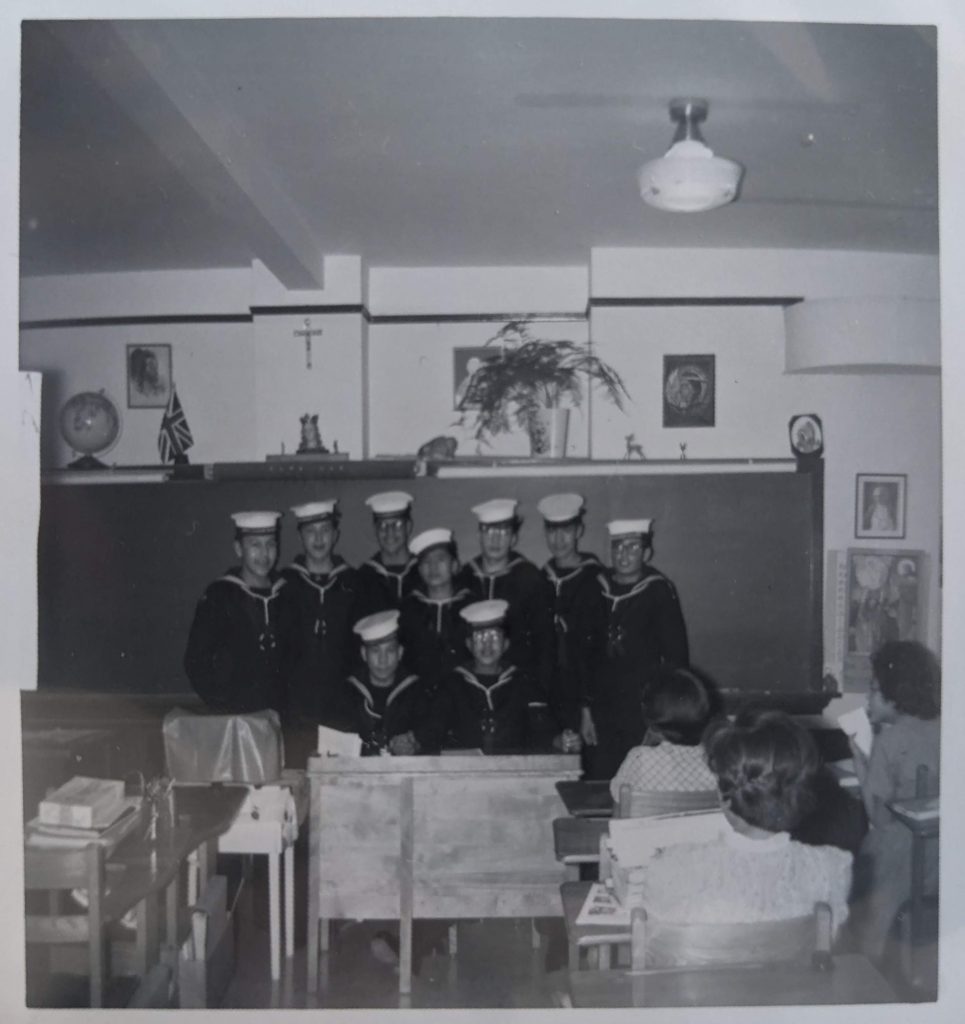

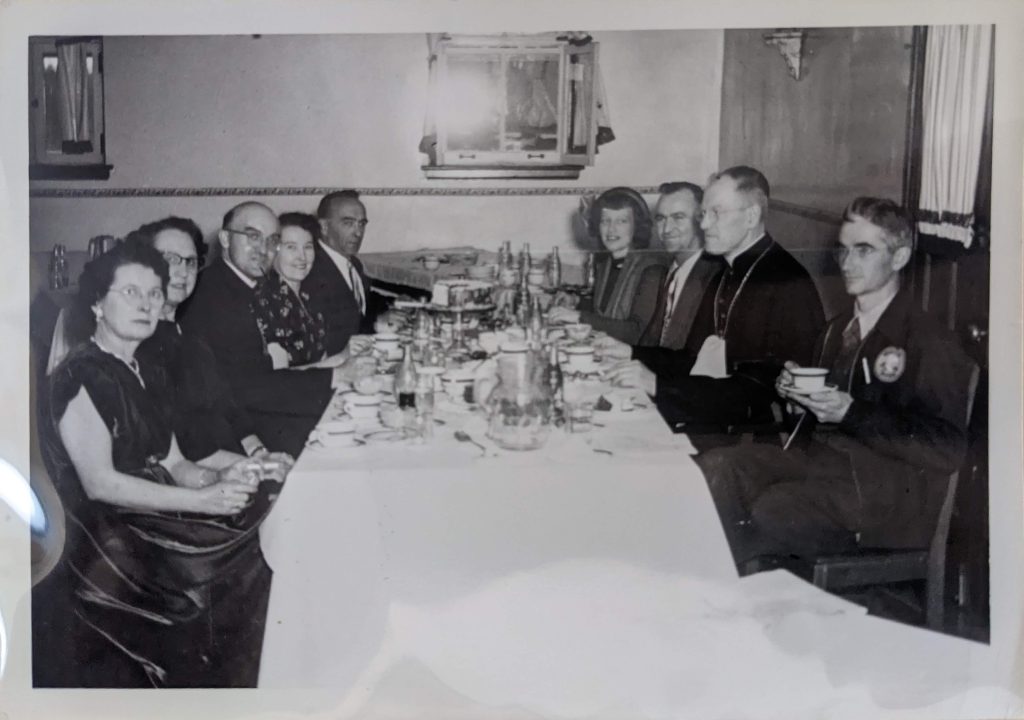
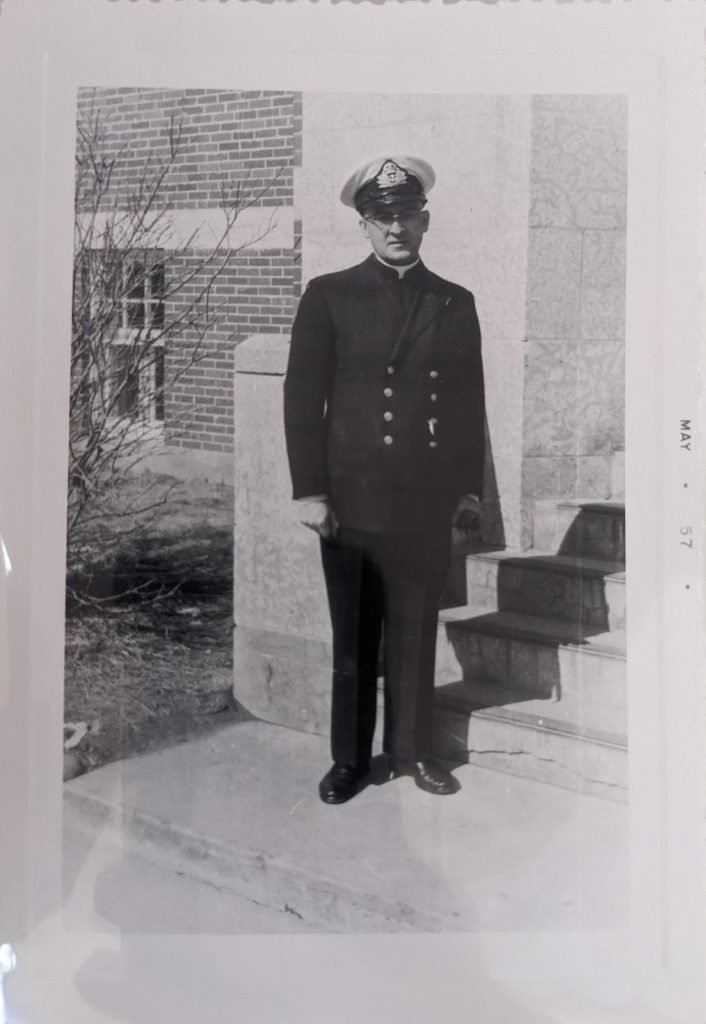
Laser scanning data can be used to create “as built” architectural plans which can support repair and restoration work to Old Sun Community College. This plan was created using Autodesk Revit and forms part of a larger building information model (BIM) of the school. The Revit drawings and laser scanning data for this school are securely archived with access controlled by the Old Sun Advisory Committee.
Some of the threats faced by Indigenous students attending residential schools came from the buildings themselves. The architectural plans contained in this archive, which have been constructed using the laser scanning data, illustrate how poorly these schools were designed from a safety perspective. There were three specific areas that placed the health and safety of students at great risk: Fire Hazards and Protection Measures; Water Quality, and Sanitation and Hygiene. As you explore the archive, you will find more information about the nature of these hazards and their impact on students.
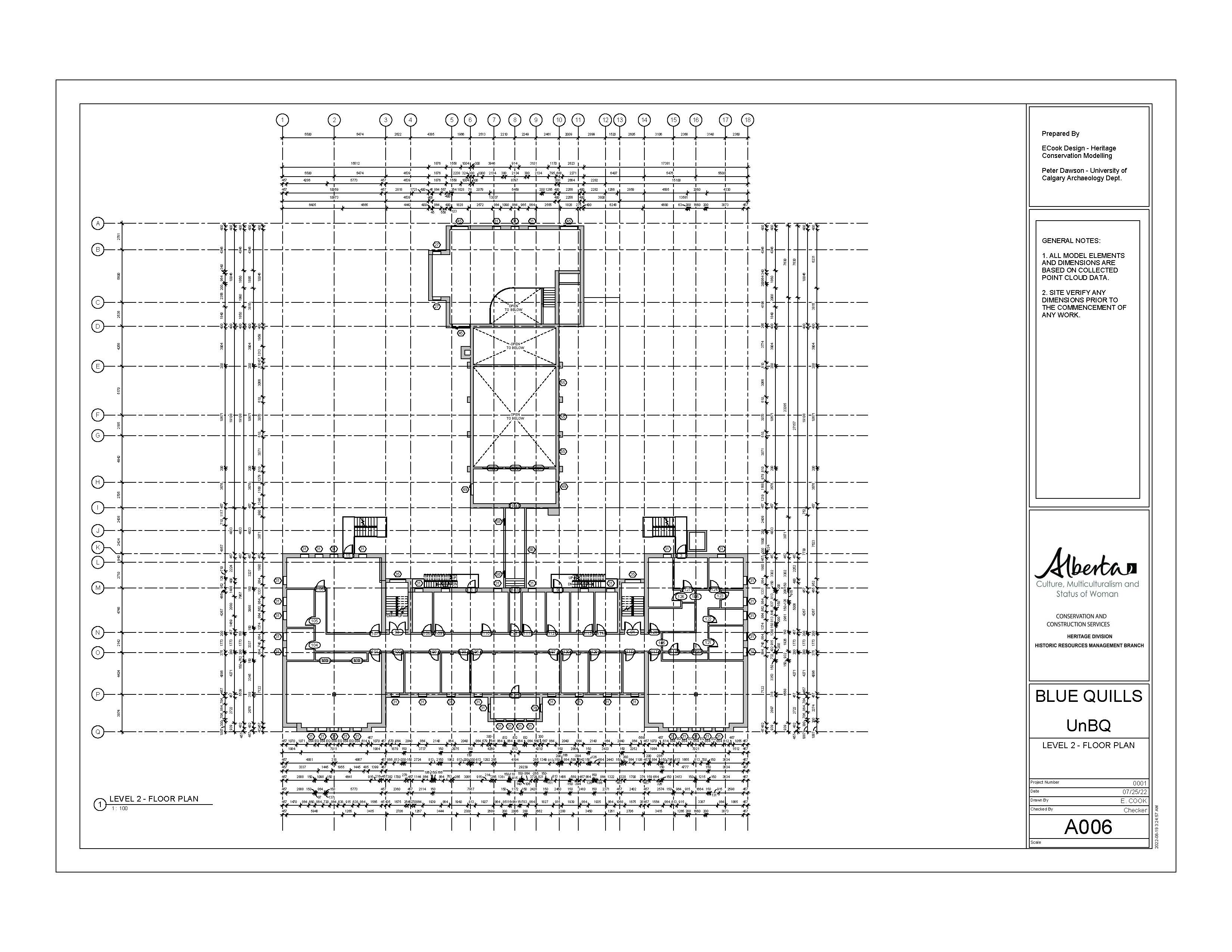
Marcel Muskego- I Wanted to Run Away
When I left Blue Quills the first time, I closed the door with all these bad memories and somewhere along the line, somebody opened a door again, that brings me here. I’m hoping after I leave here to close the door again, to my memories. I leave it alone forever. I don’t want to deal with this anymore. Like I say, I thank my brother because the first time we’ve been together in a setting like this. There’s only three of us left, from a family of 12. Eight of us went to that school, and like he said he ran away, my older brother run away, my sister ran away. Those times I wanted to run away, I couldn’t because I’m crippled. I don’t get very far.
And I remember a time when my brother, and sister ran away together. It was, there was four of them. But my brother and sister they were all caught and brought back, and they were in the dining hall when we come in at dinner time. People were laughing, as they got in, as they went in there, looking at it why people were laughing in here. I spotted my brother, my sister wearing a potato sack shirt when everybody’s seated, we were not very far.
I wanted to go be with my brother and sister. And they were stand up, and I remember the father saying this is what happens when you run away.
Yeah, experiences at school was not good, not good at all. And for a long time at sitting next to my [unknown], one of my classmates and I’m happy she’s here to share. And with that, I just want to say thank you for listening to me.
– Marcel Muskego
Notes:
Marcel Muskego Testimony. SC149_part06. Shared at Alberta National Event (ABNE) Sharing Circle. March 28, 2014. National Centre for Truth and Reconciliation holds copyright. https://archives.nctr.ca/SC149_part06
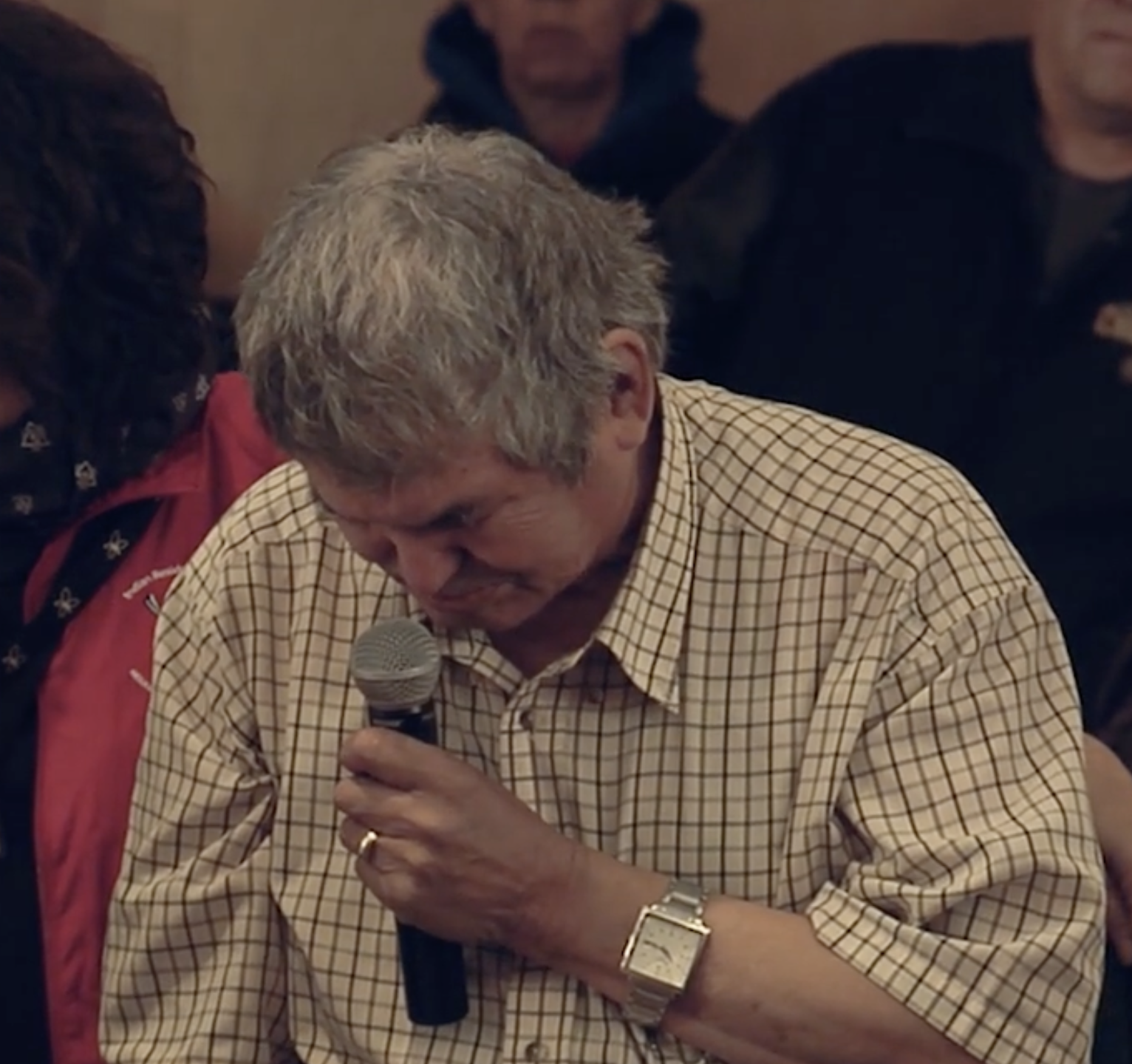
Explore Floors and Rooms
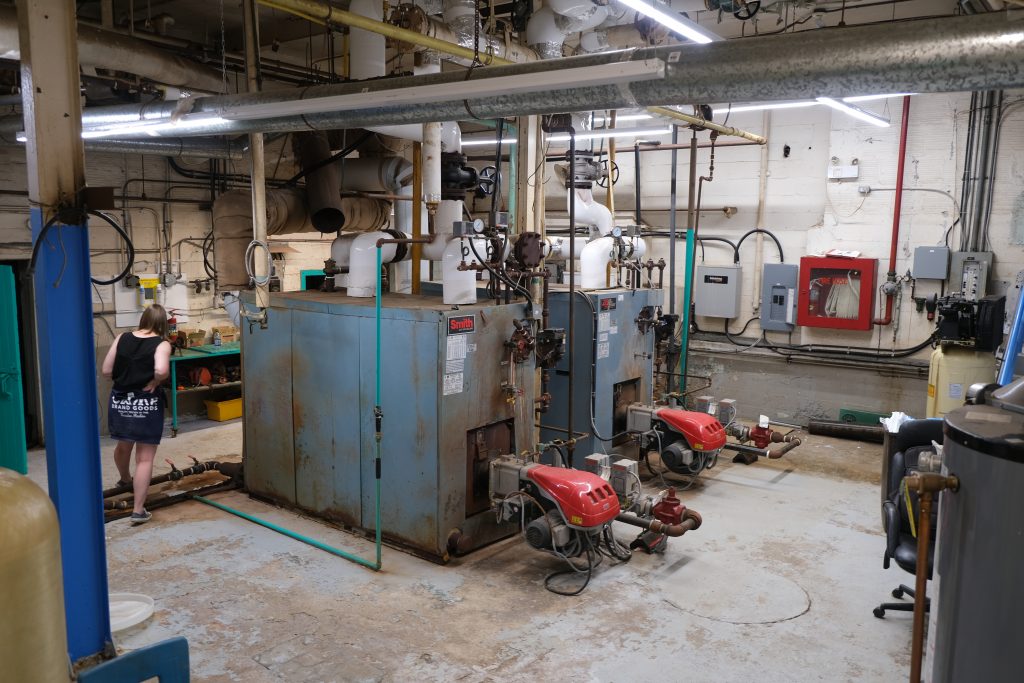
UnBQ Boiler Room
The boiler room and former coal shoot at Universit…
Read more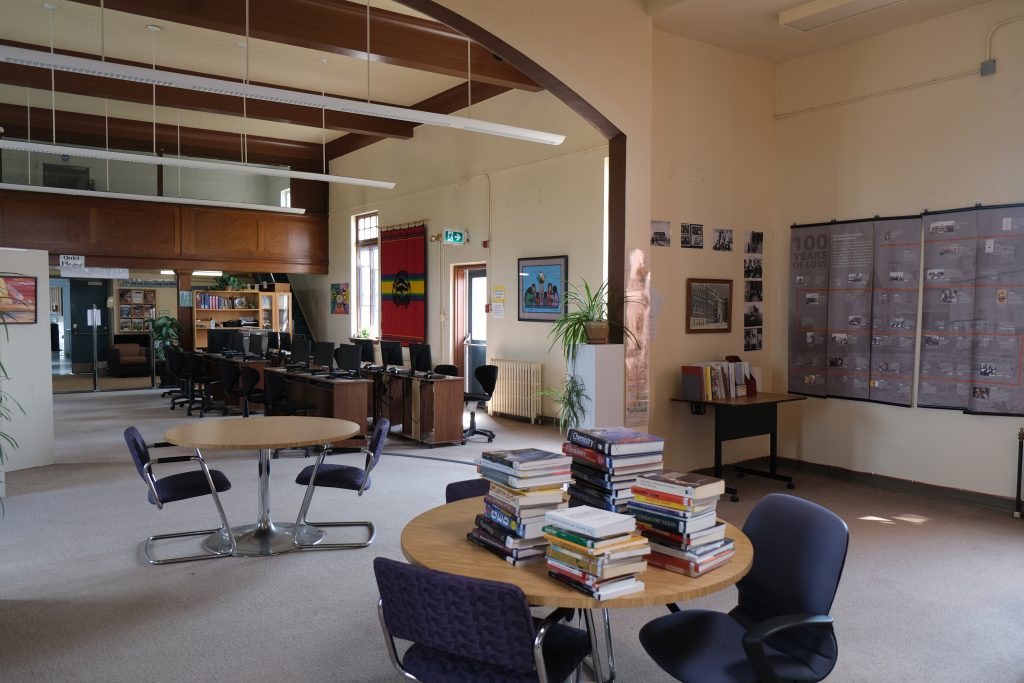
UnBQ Library
The Library at University nuhelot’įne thaiyots’į n…
Read more
UnBQ Third Floor/Dormitories
The 3rd Floor of University nuhelot’įne thaiyots’į…
Read more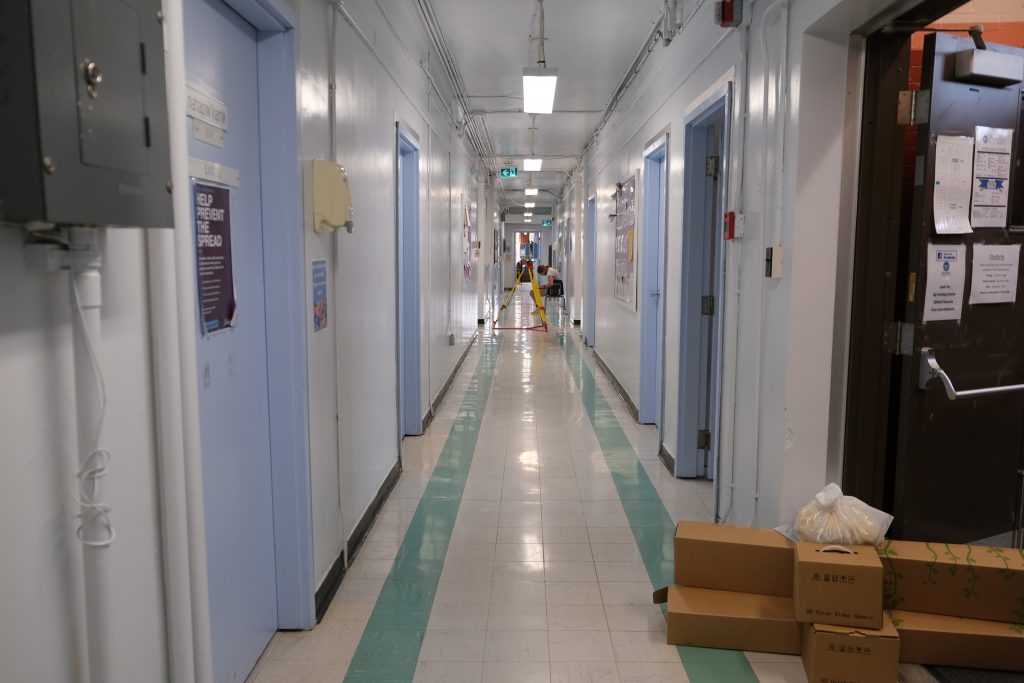
UnBQ First Floor
The 1st Floor of University nuhelot’įne thaiyots’į…
Read more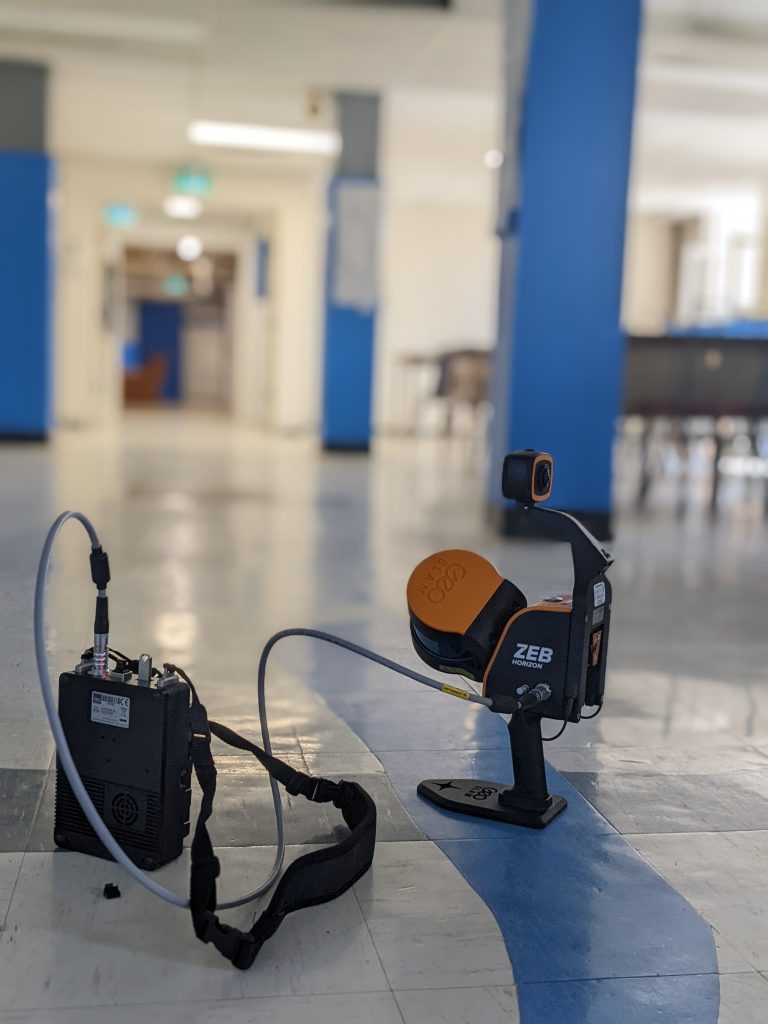
UnBQ Basement
The basement of University nuhelot’įne thaiyots’į…
Read more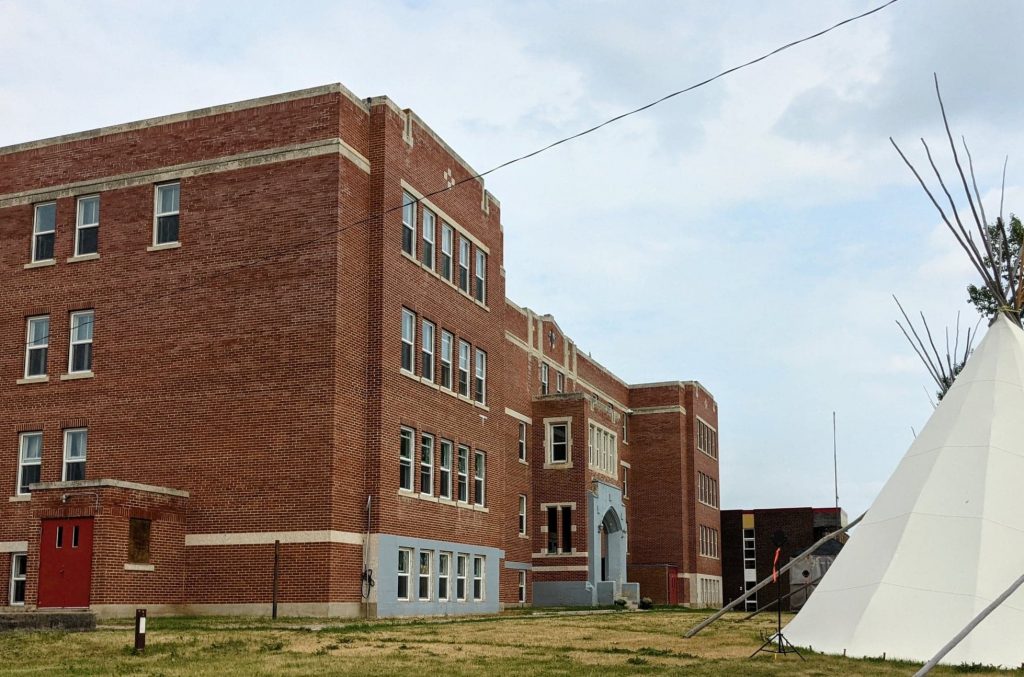
University nuhelot’įne thaiyots’į nistameyimâkanak Blue Quills
The University nuhelot’įne thaiyots’į nistameyimâk…
Read more